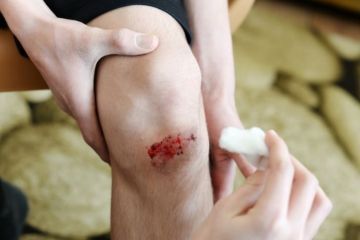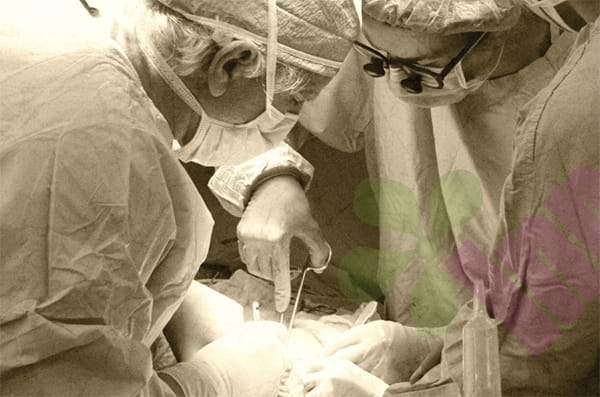This is a real problem that many people encounter. When a wound begins to ooze a thick, yellow, green, or grayish-white fluid with an unpleasant odor, it may indicate an infection. This situation requires prompt and corrective treatment; otherwise, the infection may worsen and even lead to more serious health problems.

Observe the wound:
Normal wound exudate should be clear or light yellow and not excessive. If the exudate becomes cloudy and viscous, yellowish or greenish in color, or has a foul odor, it's almost certain to be infected. The skin around the wound will often become red and warm, feel warmer than normal, and be noticeably painful when gently pressed. Some people may also experience fever, chills, and general fatigue, indicating that the infection may have spread.
Steps:
The first and most important step in treating a wound like this is thorough cleaning. You can rinse the wound with warm saline solution, which can be purchased at pharmacies or prepared by boiling water and salt. Be gentle when rinsing, gently wiping with clean gauze to remove any pus and dead tissue. Never use alcohol, iodine, or hydrogen peroxide; while these can kill bacteria, they can damage the healing tissue and delay wound healing.
After cleaning, you need to choose a suitable dressing. For wounds with purulent secretions, super-absorbent dressings are the most suitable choice. This dressing is made of special materials, and its absorption capacity is several times that of ordinary gauze, which can effectively absorb pus exuding from the wound. When using, choose a size that is larger than the wound, cover the wound flatly, and then fix it with breathable tape. Depending on the amount of wound exudate, it generally needs to be changed every 1 to 3 days. Super-absorbent dressings have many advantages. In addition to their strong absorption capacity, they can also maintain an appropriate moist environment for the wound. They will not adhere to the wound as easily as ordinary gauze and will not pull new tissue when changing the dressing, thereby reducing pain.
Wash your hands thoroughly before and after each wound treatment, and keep the skin around the wound clean and dry. Protect the wound and avoid pressure or friction. Observe the wound during dressing changes, noting changes in the color, amount, and odor of pus. Change the dressing immediately if it becomes saturated with exudate.
Some conditions cannot be treated at home and require immediate medical attention. For example, if the amount of pus continues to increase, the redness and swelling around the wound continues to expand, red streaks appear on the skin, or if you have a fever over 38 degrees Celsius, the pain of the wound is significantly aggravated, and you experience systemic symptoms such as chills and fatigue, you must go to the hospital immediately. The doctor may thoroughly clean the wound, remove necrotic tissue, perform a bacterial culture to determine the specific pathogen of the infection, and then prescribe appropriate antibiotics. Severe cases may also require drainage.
Preventing wound infection is equally important. Keep the wound clean and dry, and change the dressing regularly. Maintain a balanced diet, increasing protein and vitamin intake to boost immunity. People with diabetes should pay special attention to controlling their blood sugar, as high blood sugar levels significantly increase the risk of infection. Avoid contact between the wound and dirty water or contaminants.
Don't panic if you notice pus in your wound, but don't take it lightly. Prompt and correct treatment is crucial. Using super-absorbent dressings and appropriate nursing care can effectively control most infections. However, if the condition persists or worsens, seek professional medical attention immediately; don't delay treatment. Remember, prevention is better than a cure. Regular wound care and good hygiene can significantly reduce the risk of infection. For more information on Innomed®Super Absorbent Dressing, refer to the Previous Articles. If you have customized needs, you are welcome to contact us; You Wholeheartedly. At longterm medical, we transform this data by innovating and developing products that make life easier for those who need loving care.
Editor: kiki Jia

 English
English عربى
عربى Español
Español русский
русский 中文简体
中文简体








